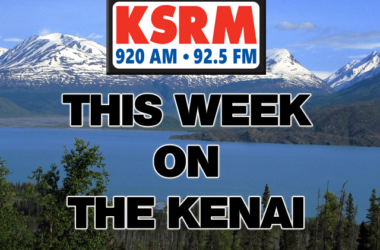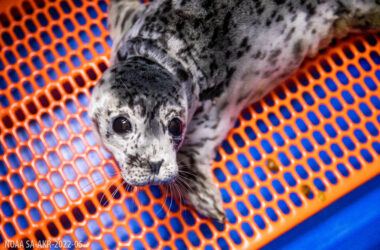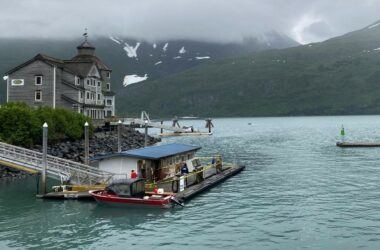The backlog for SNAP has resurged once again. But this time, it’s putting the Kenai Peninsula Food Bank to the test.
In an article from the Anchorage Daily News “The backlog began in August 2022 and wasn’t fully cleared until September 2023, the state has said.”
But in the attempts to clear up the old backlog, a new backlog has come into play. The Alaska Division of Public Assistance has once again fallen behind on processing food stamp benefits for thousands of Alaskans.
The SNAP application only stay in system for about 30 before it expires. But due to the of applications timing out, many low-income families cannot get the food stamps they need for survival.
“We recognize state agencies have faced unprecedented challenges in the past few years with the COVID pandemic and its aftermath. However, providing timely, accurate SNAP benefits to eligible families in need is a state’s fundamental and legal responsibility,” said a USDA spokesperson in an email. “Long backlogs in processing SNAP applications are wholly unacceptable, and families should not go hungry as a result. FNS (Food Nutrition Service) will continue to work collaboratively with states to improve their processing timeliness and hold them accountable for fulfilling this obligation.”
With having such severe delay times, many members of the Kenai Peninsula have turned to their local food bank for assistance. But according to Greg Meyer, the Executive Director At Kenai Peninsula Food Bank, the recent resurgence of backlogging from SNAP has really affected the food bank in a way that they are not equipped for.
“When you think about SNAP, stimulates the economy so that much less food being purchased through the stores as well when they don’t have those benefits. And that’s been hard especially in smaller stores or, you know, in more rural areas where snap is a significant amount of their revenue. That’s a vicious cycle, you know,” says Meyer.
Meyer also talks about a USDA Program called The Emergency Food Assistance Program (TEFAP), which helped a significant amount in regards to having an abundant amount of shelf stable foods available for those in need. But they’ve lost about 75% of the support from that program this year, which has significantly caused the food bank to cut back on the amount of frozen and shelf stable foods they can offer to the community.
“In terms of food so we have the amount of commodities that we’re able to hand out is like literally a quarter of what it was a year ago,” said Meyer.
In regards to receiving food donations, that’s been difficult too. Due to inflation, food prices have gone up dramatically, making it that much harder to purchase food at a cheaper price. Food retailers do their best to let the food bank know when there is a good sale happening, but there’s only so much that can be done with the allotted funds. But between waiting for SNAP applications to go through, and the increasing cost of foods, Meyer calls it a ‘vicious cycle.’
“You know, we we tried to get as much as we can, you know through the Food Bank Network and that’s been close to nothing for the last few months. Just because everybody’s supplies are depleted,” says Meyer.
In an attempt to get as much food as possible back to the community, many members of the food bank have volunteered their weekends to traveling to different grocery stores to pick up food that is going to spoil. Between that, and receiving a grant to obtain a freeze dryer, it has been a big help in saving more food. Although it’s a big learning curve, KPFB is doing their best to obtain as much food as possible for the community.
“Every time we do a run that adds up with diesel fuel and just like everybody else, there’s a cost to it. But we are we are trying very hard and the stores have been fabulous and you know letting us know more if you’ve got things will come and get it so then we are mean that’s probably salvage is one of the places that we can make our biggest difference,” says Meyer.
Meyer and his team are still working to do everything they can to try and gather as much food as possible for the people of the Kenai Peninsula, and will continued to do so as the SNAP backlog surges on.






